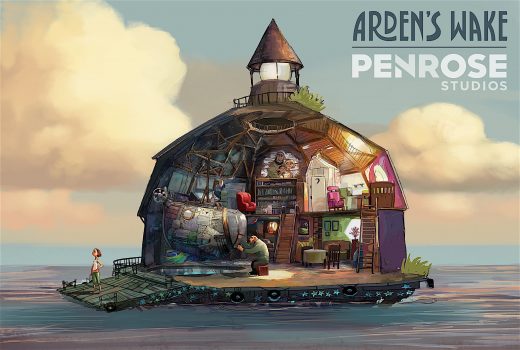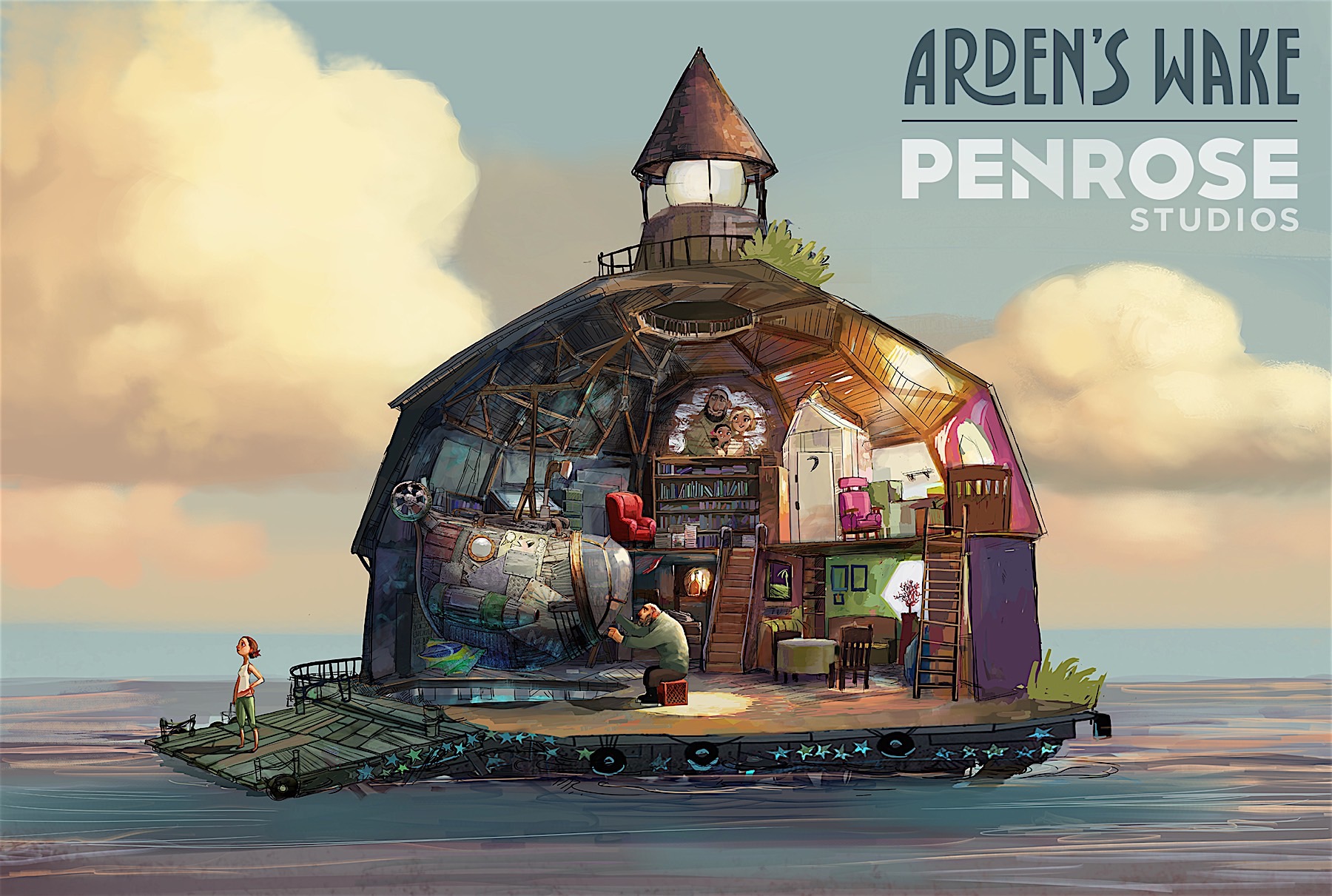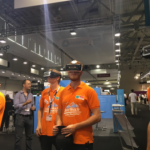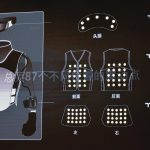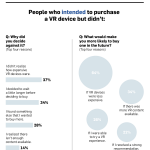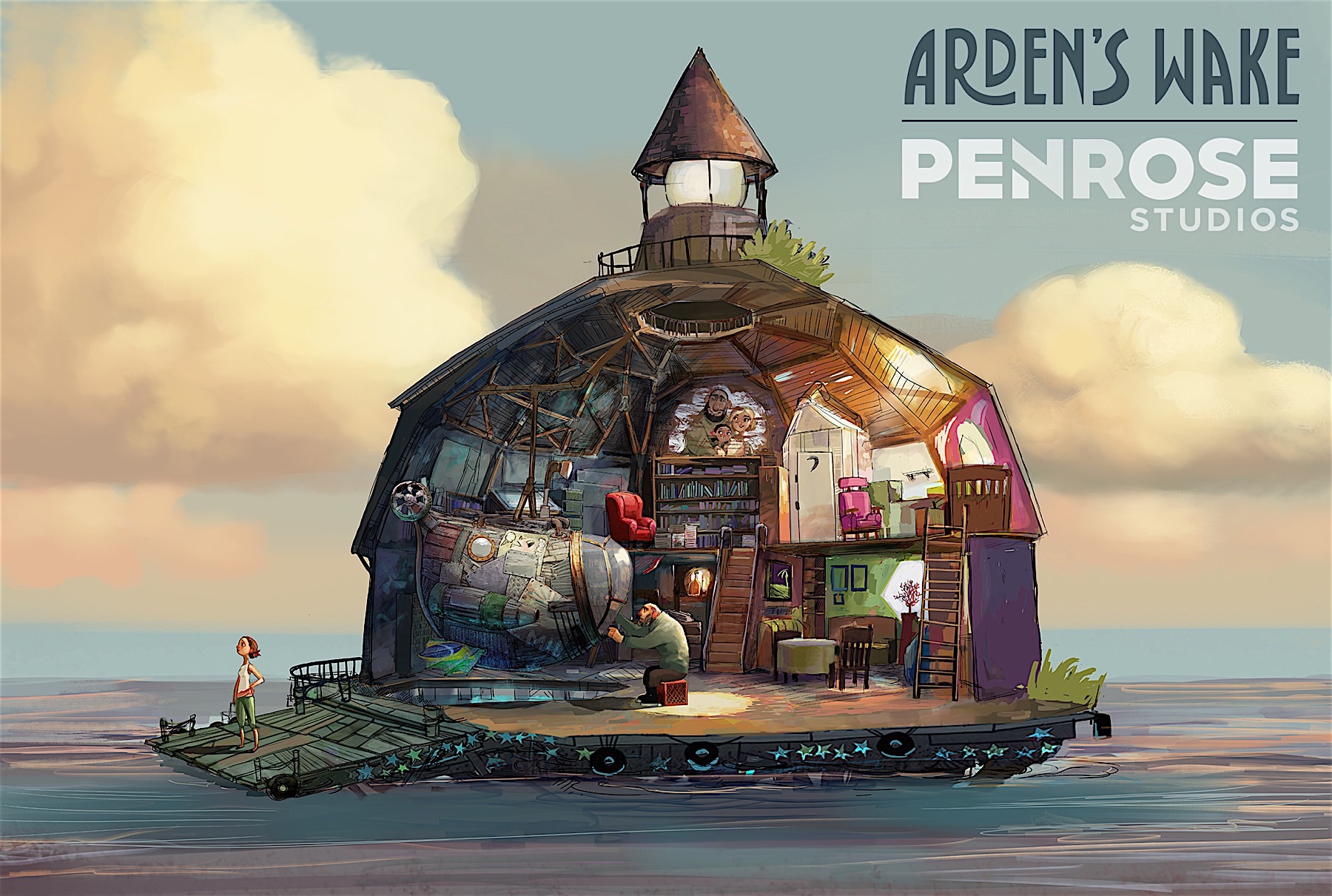‘Arden’s Wake’ paves the way for never-ending VR stories
Making movies in virtual reality is easy. Making good animated movies in virtual reality is hard. There’s no “mise en scène” to play with, and even the basic 180-degree rule is washed away with a head turn. The limitations of a cinema screen make storytelling easier, linear, comfortable. Penrose Studios doesn’t care much for comfort, it seems. The same studio that gave us the haunting Allumette and infantile captivation of The Rose and I is back at the Tribeca Film Festival this year with its third VR story — Arden’s Wake — and it promises to be bigger, more detailed and more technically improbable than anything we’ve seen from the studio so far.
Little did I know when I watched a preview of Arden’s Wake recently at Penrose’s San Francisco HQ that the world of virtual reality was about to shift. This week, Facebook revealed Spaces, an app that melds hanging out with real friends with the synthetic worlds of VR. While Zuckerberg’s frivolous virtual selfies might be getting the headlines, Penrose has quietly been using VR collaboration almost every day for the past 18 months. CEO Eugene Chung explained to me that Arden’s Wake likely wouldn’t have been possible — not at this level of visual fidelity and sophistication — without it.
Collaborating inside the actual virtual world they were creating was so crucial that Penrose developed its own in-house tool for the job: Maestro. Imagine a VR Slack with moonlike faces for avatars, and chunky articulated hands. Maestro allows everyone involved in a project, creatives and engineers alike, to step out of their separate professional worlds, into the same virtual one. “We’re cooking food in the kitchen because we’re hungry,” Chung tells me, explaining that in the absence of any existing tools for the job, Penrose was basically forced to create its own. “I don’t think we could have done any of the Penrose sequences without Maestro,” he says.
Arden’s Wake takes place in the middle of the ocean sometime after the family of its hero, Meena, is torn apart during an accident at sea. The episode I was shown is described as the prologue for a tale that will continue to grow in installments. It sets the scene, the context and the backstory, with just enough teasing elements to leave you hungry for what happens next. Meena’s father, Tide, is an inventor, but is he a good inventor? We catch a glimpse of a potential love interest and a mysterious beast in the darkest depths of the deep blue. Each character’s role is unclear right now, but the delivery is captivating.
Artistically, Penrose’s last project, Allumette, sits somewhere between Henry Selick’s James and the Giant Peach and The Nightmare Before Christmas. Quirky and magical. Arden’s Wake is much closer to something you’d expect from Disney or Pixar in its aesthetic style. (Penrose’s staff does contain some Pixar DNA.) The artistic style is vaguely similar to what we’ve seen before in Henry (by Oculus Story Studio, where Chung once also worked). The distinctive visual style makes Arden’s Wake feel more like a “proper movie.” The characteristics of the world it portrays feel familiar, so your attention isn’t drawn away from the characters, but it’s visually compelling enough that you sneak a look around any moment you can.
I am given the chance to dive into Maestro to see how the team collaborates in the virtual world they have created. This is my first time in a “social” VR environment, and it’s hard not to smile the first time a real/not real VR person waves at me. Through my headphones I hear my boss’s familiar yet disembodied voice (he’s in the same building in real life, but also in the virtual meeting), and it’s all jolly fun. But then the work starts, and the tone changes.
Chung talks us through what’s happening, and the basics of how Maestro works. He also explains why the avatars are so simplistic. It’s the same reason Facebook would give a week later: Real faces, skin and expressions are just too much “uncanny valley” right now. I later find out that my boss’s avatar had an older setting that gave him more realistic appendages, and for the first time I felt genuine retroactive hand envy.
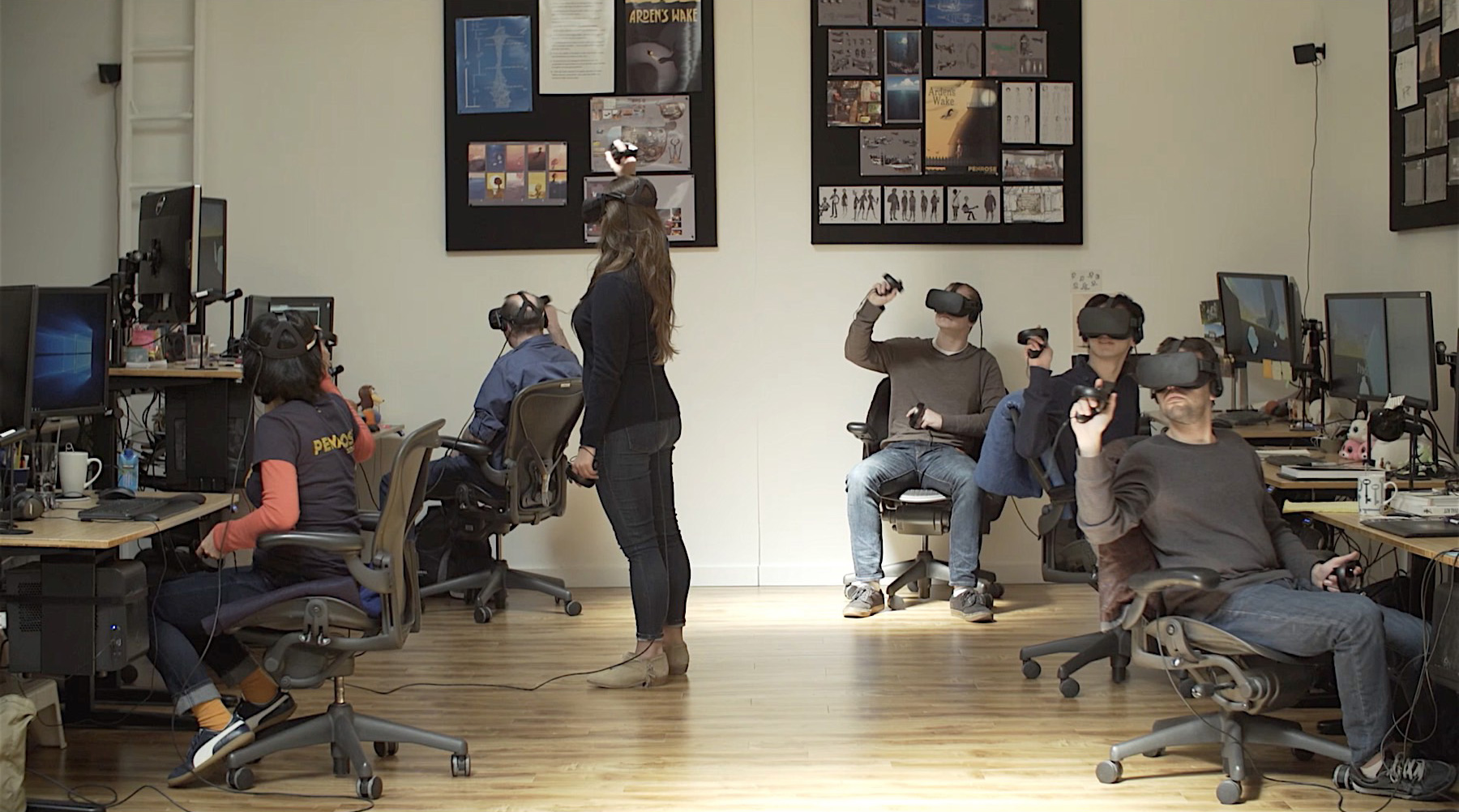
Inside Maestro, we’re once again in Meena’s world, this time joined by a huddled crowd of artists and developer avatars. Animator Bruna Berford is holding virtual court, scrubbing back and forth a part of the scene in which Meena walks across the mezzanine in her wooden house. Berford thinks one, maybe two steps don’t quite look natural enough and draws a virtual path within the scene to show how she thinks it would feel more natural. Virtual heads nod, and the occasional chunky hand waves a gesture. Meanwhile, I have a very real sensation of standing in someone’s virtual way. Even digital worlds still have human problems.
If Maestro has been around for so long, why is Penrose just showing it now? There are probably a few reasons. First, it’s a constant work in progress and has likely only just reached a stage where it’s stable enough for media eyes. Also, naturally, there’s the question of intellectual property and keeping new tools out of the way of curious, unwanted eyes. Chung’s clearly ready to stick his flag in the ground, though. “I think in the next two years social collaboration and social connection will drive the next wave in virtual reality.” Chung, technically a former Facebook employee (via his time at Oculus), may also know that with F8 approaching, it was probably a good time to ride the wave of interest in social VR.
That doesn’t mean Chung doesn’t want to share Maestro with the community. “We’re crafting one of the most powerful social applications in the world out of necessity,” he told me. “But at this early stage of virtual reality, it’s almost better to share [with the community].” But he’s not naive; he knows he may have a product on his hands. “I think there are some really powerful consumer applications. … This is effectively like Slack for the virtual world.”
Penrose’s San Francisco office looks much like you’d expect an animation studio to look: Open spaces, with a kitchen full of snacks to keep empty bellies from rumbling, and large glass-fronted meeting spaces with wooden floors, where hand-drawn slides adorn the walls. The postcard-size drawings form a storyboard of virtual-reality possibilities, potential narratives for Arden’s Wake, but it’s clear that Maestro is the glue that holds it all together.
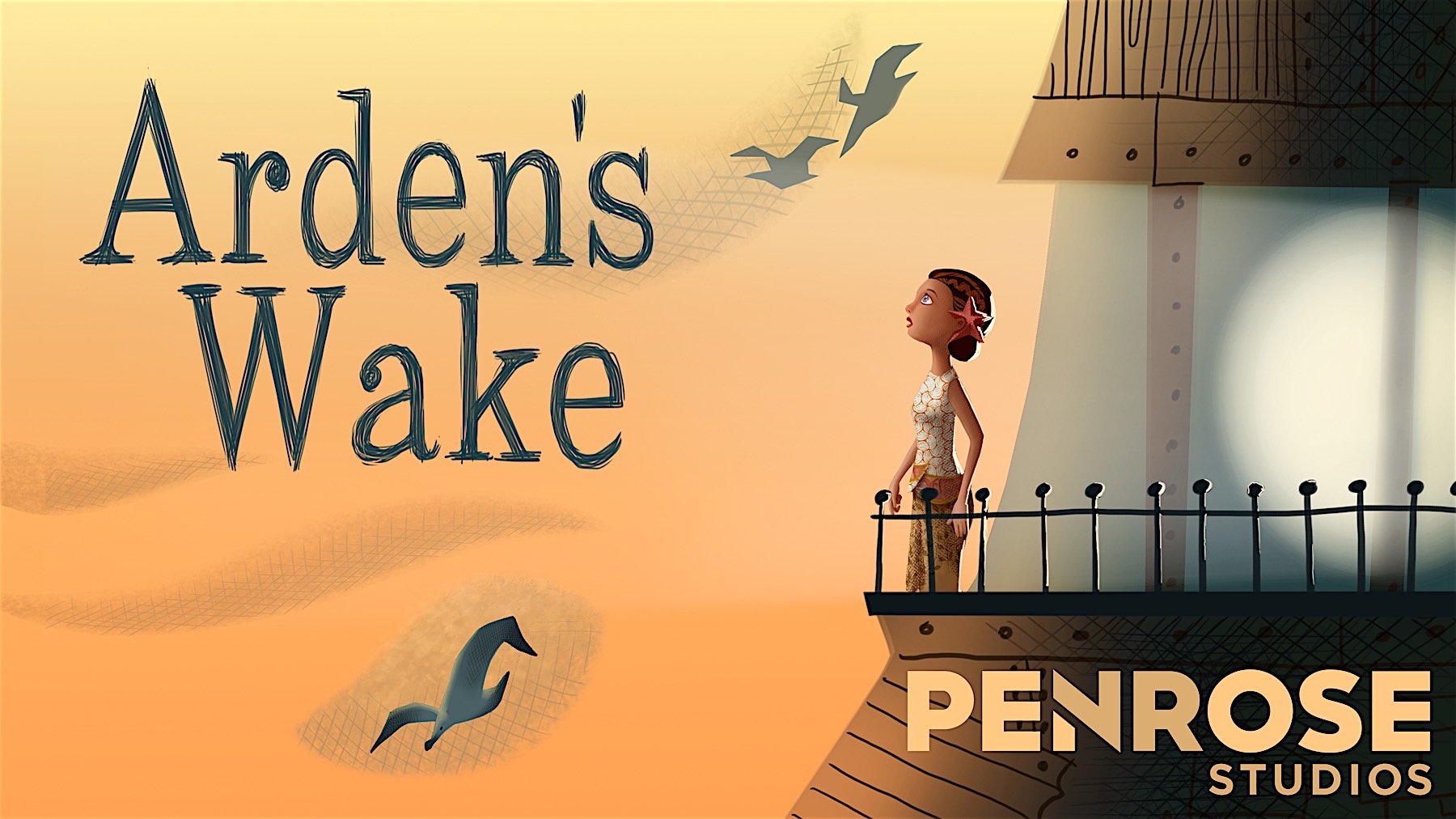
I asked Chung what’s next, both for Arden’s Wake and for Maestro. The focus right now is the Tribeca Film Festival, where the short film will have its world premiere (in the Immersive category and Virtual Arcade section). Chung already said that the film is part of a series, and anticipates the next chapter — which is already under way — will be ready by the fall. Part of the problem with episodic ventures like this is that VR is evolving almost in real time. Maintaining the core feel of the film is potentially at odds with capitalizing on the latest technology and innovation.
“With VR we have the possibility of people coming back to these worlds if they love what’s happening there,” said Chung. “Additionally, you can add interactivity. But the most intriguing thing is: How do you build full interactivity with a full story and get that to work together? And that’s going to involve a lot of AI.” Something he and his team are still experimenting with.
If you’re not at Tribeca, you’ll be able to find Arden’s Wake on Steam, PSVR, Oculus Rift and, eventually, Daydream and Gear VR. Right now, the challenges with mobile are the technical limitations. I was shown a mobile translation of The Rose and I, and graphically it’s very similar to the original — but it’s the positional tracking that’s the problem (somewhat mitigated by creative use of the Daydream controller).
Perhaps the most immediate challenge for Penrose is recognizing where it finds itself. Virtual reality is a microcosm consisting of art, software and hardware. Chung’s studio straddles two of those three pillars. It’s a company that could as easily win an Oscar as birth the future of virtual-reality collaboration. No mean feat for a young Bay Area film studio. Chung, for his part, is a little more pragmatic: “It’s that synthesis of the two that allows us to do what we do.”
(82)

